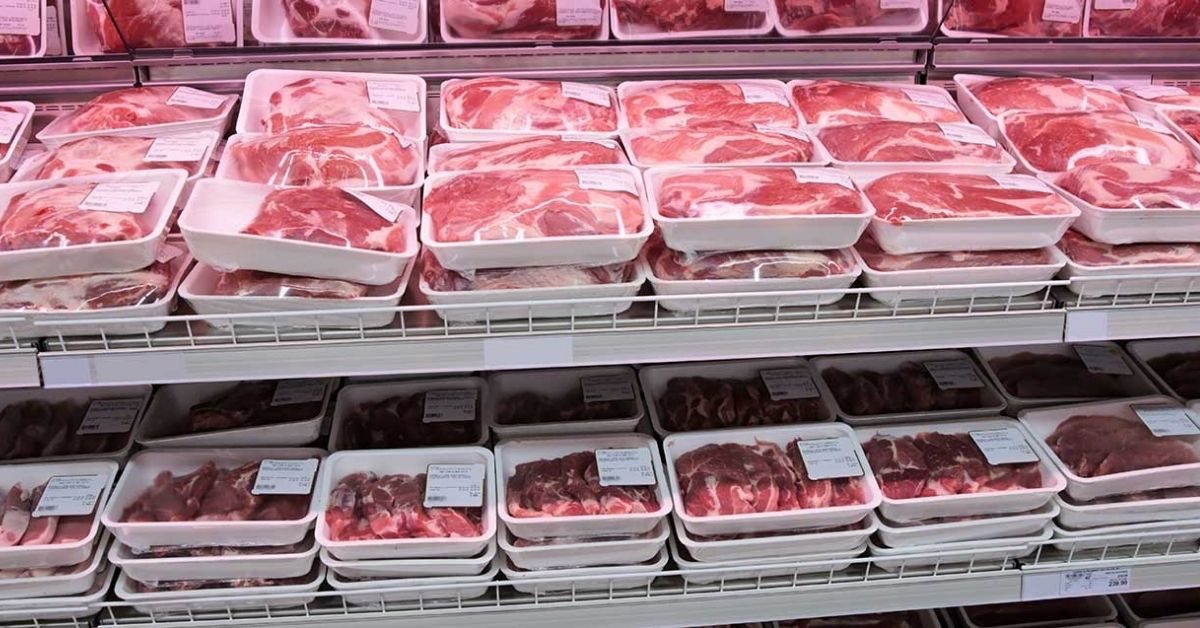The global frozen meat market has witnessed significant growth in recent years, driven by increasing consumer demand for high-quality, convenient protein options. As international trade continues to evolve, frozen meat food exports have become a vital component of many countries’ economies. With a competitive landscape characterized by diverse product offerings and stringent regulatory standards, exporters are adapting to meet the changing needs of consumers and expanding their presence in burgeoning markets.
This article delves into the dynamics of the frozen meat export industry, examining key trends, export destinations, and the challenges faced by exporters. Additionally, we will explore the role of technology in enhancing frozen meat preservation and logistics, and how sustainability practices are becoming increasingly important in addressing the environmental impact of meat production and distribution. As we navigate through the complexities of this sector, it becomes apparent that frozen meat food exports play a crucial role in shaping global food security and consumer choices.
Key Trends in the Frozen Meat Export Market
The frozen meat export market has seen transformative changes as consumers increasingly prioritize not just convenience, but also quality and nutritional value. Countries are pursuing various strategies to maintain market competitiveness, such as enhancing product traceability and ensuring adherence to global food safety standards. Technology plays a pivotal role, enabling improved preservation methods and efficient logistics, which are essential for extending shelf life and maintaining meat integrity during transport. Notably, regions in Asia are emerging as prime destinations for frozen meat products, prompting established exporters to adapt their offerings and expand their operations. For instance, companies are actively positioning themselves as a reliable Frozen Meat Products Exporter To Asia to cater to this growing market segment.

Challenges and Sustainability in Exporting Frozen Meat
Despite the booming prospects, exporters face several challenges, including fluctuating commodity prices, stringent regulations, and growing consumer concerns about the environmental impacts of meat production. Sustainability practices are becoming a focal point, as both consumers and governments push for reduced carbon footprints and ethical sourcing. Adopting eco-friendly packaging solutions, minimizing waste during the production process, and ensuring humane treatment of livestock are essential steps that exporters must take to align with global sustainability trends. By navigating these challenges effectively, the frozen meat industry can contribute significantly to global food security while meeting evolving consumer expectations.
In conclusion, the frozen meat food export sector stands at a critical juncture, balancing the demand for high-quality, convenient products with the pressing need for sustainable practices and compliance with rigorous regulations. As exporters innovate and adapt to the dynamic market landscape, they not only optimize their supply chains and enhance product offerings but also respond to the growing consumer consciousness surrounding environmental issues. This transformative journey promises to redefine global food security and consumer preferences, making frozen meat exports a pivotal element in addressing dietary needs worldwide. Embracing technology, sustainability, and ethical sourcing practices will be essential for the industry’s future growth, ultimately fostering a more responsible and resilient food ecosystem.